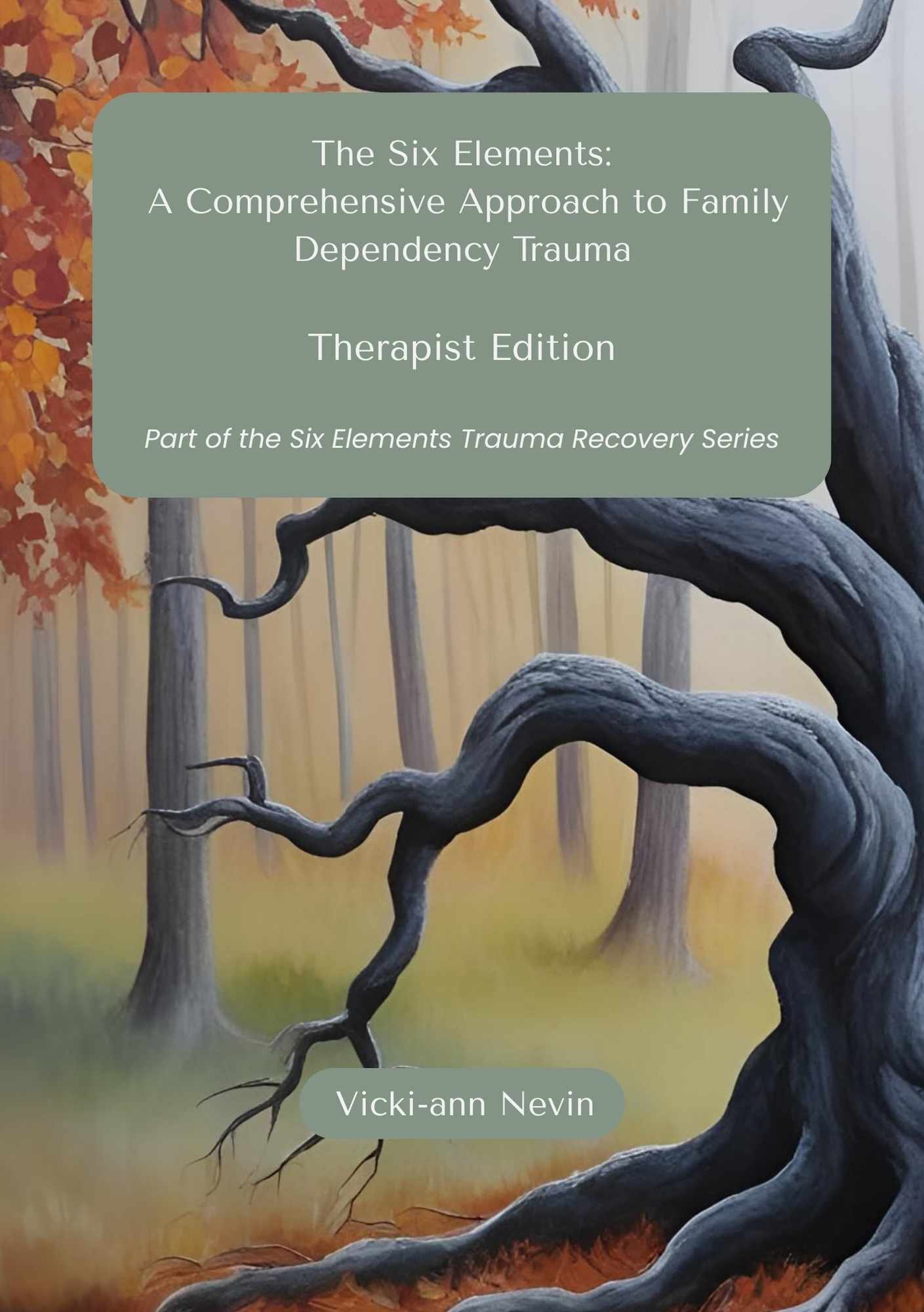Healing Traumatised Brains: Childhood to Adult Recovery
Childhood Violence to Adult Healing:
Understanding Trauma in Dependency-Affected Households
As therapists working with survivors of dependency-affected households, we witness a specific subset of developmental trauma. When children grow up with caregivers struggling with substance use disorders or other dependencies, they experience a unique neurobiological impact, one characterized by unpredictability, emotional volatility, and often, complex attachment disruptions.
The developing brain in dependency-affected environments adapts distinctively to survive the dual threats of violence and relational inconsistency. These neurobiological adaptations, while brilliantly protective during childhood, often become the very obstacles to healing that we help our clients navigate in adulthood.
The Neurobiological Impact of Childhood Trauma: What Every Therapist Should Know
When working with survivors of childhood violence and inconsistency, understanding the precise neurobiological mechanisms at work can dramatically enhance our therapeutic effectiveness. The childhood brain, with its extraordinary neuroplasticity, forms millions of connections that become the foundation for future cognition, emotional regulation, and behaviour patterns.
When violence and inconsistency enters this developmental landscape, the brain reorganises itself around the expectation of danger, a reorganisation we can now observe through advanced neuroimaging techniques. These physiological changes aren't merely theoretical; they manifest in the symptoms and challenges our clients present with daily.
The Hyperactivated Threat Response System
You've undoubtedly observed the persistent hyperarousal in many trauma survivors: their exaggerated startle responses, chronic anxiety, sleep disturbances, compromised immune function, and difficulty self-regulating after stressful events.
This constellation of symptoms reflects a threat detection system that never learned to deactivate properly. Their bodies continue running survival programs installed during violent childhoods, perpetually preparing for dangers that existed in the past but are perceived as imminent in the present.
Structural and Functional Brain Alterations
Research demonstrates specific trauma-related alterations across brain regions:
Prefrontal cortex: Reduced activity impacts executive functioning, decision-making, and impulse control
Bilateral amygdalae: Hyperreactivity creates heightened threat perception and emotion-saturated memories
Hippocampus: Volume reduction affects memory integration and contextual processing
Corpus callosum: Compromised integrity impairs communication between logical and emotional brain hemispheres
These neurobiological changes explain the clinical presentations we commonly encounter:
Hypervigilance in seemingly safe environments
Misinterpretation of neutral social cues as threatening
Disproportionate emotional reactions to minor stressors
Difficulty with attention, learning, and memory formation under stress
Persistent challenges in forming and maintaining trusting relationships
Epigenetic Dimensions of Trauma
Beyond structural brain changes, childhood violence alters how genes express themselves. These epigenetic modifications affect stress hormone regulation, immune function, and vulnerability to various mental health conditions, demonstrating how trauma becomes literally embodied at the cellular level.
Leveraging Neuroplasticity: How Your Therapeutic Approach Can Rewire the Traumatised Brain
The same neuroplasticity that made our clients vulnerable to trauma makes healing possible. Their brains adapted brilliantly to survive violence, and with appropriate intervention, can adapt again to safety and connection.
As skilled clinicians, we can facilitate this neurobiological transformation through evidence-based approaches that:
Establish safe therapeutic relationships that contradict early attachment disruptions
Teach nervous system regulation through bottom-up somatic interventions
Process traumatic memories using methods that promote integration rather than retraumatisation
Develop metacognitive awareness of trauma-based reactions
Create predictable, resourcing experiences that gradually recalibrate the stress response system
When we implement these approaches consistently, we help clients create new neural pathways that, with repetition, can become stronger than trauma-established patterns.
Measurable Neurobiological Healing
Effective trauma therapy produces observable neurobiological changes:
Enhanced prefrontal cortex functioning, improving executive control over emotional responses
Reduced amygdala reactivity, diminishing hypervigilance
Normalised stress response activation and deactivation
Improved memory integration, contextualising traumatic experiences as part of the past
This healing journey isn't linear, clients will experience setbacks as older neural networks temporarily predominate. However, with consistent therapeutic support, their brains can internalise that present reality differs fundamentally from past threats.
Honouring Adaptive Responses While Facilitating Change
Perhaps most importantly, we must help clients understand that their trauma responses weren't pathological, they were adaptive survival mechanisms in impossible circumstances. Their hypervigilance, emotional dysregulation, and attachment difficulties were sophisticated protective strategies deployed by a brain doing everything possible to ensure survival.
As therapists, we offer what wasn't available during those formative years: resources, understanding, agency, and relationship. We witness how neural pathways carved by trauma, while deep, aren't permanent. With each therapeutic intervention promoting safety and connection, clients create new pathways that can ultimately become their brain's preferred routes.
Enhance Your Practice with Research-Backed Resources
Ready to deepen your trauma-informed approach with evidence-based tools?
My comprehensive workbooks and clinical resources for trauma-informed practitioners are designed to bridge cutting-edge neuroscience with practical clinical application. These materials will help you:
Guide clients through nervous system regulation exercises scientifically designed to calm overactive threat detection systems
Implement metacognitive practices helping clients distinguish past-oriented trauma responses from present-centred awareness
Utilise structured interventions strengthening prefrontal cortex functioning and emotional regulation
Employ relationship-building protocols that facilitate secure attachment and neural rewiring
Available Resources for Your Practice:
"Protection - Healing from Family Violence Therapist's Workbook" - Comprehensive guide with step-by-step protocols for implementing neuroscience-informed interventions in your clinical practice
Protection - Healing from Family Violence Client Worksheet Book" - Ready-to-use exercises, reflective prompts, and psychoeducational materials designed for direct client use
"Protection - Healing from Family Violence Workshop Guide" - Complete framework for facilitating trauma healing in individual or group settings, including session outlines, talking points, and facilitation tips
By integrating these resources into your practice, you'll provide clients with the precise interventions needed to transform neural pathways from trauma to resilience. You'll witness first hand how understanding the neurobiology of trauma enhances therapeutic outcomes and accelerates healing.
Take the Next Step for My Clients:
Help your clients transform their relationship with these challenging experiences while enhancing your professional toolkit. Your expertise combined with these specialised resources creates a powerful foundation for lasting therapeutic change.


